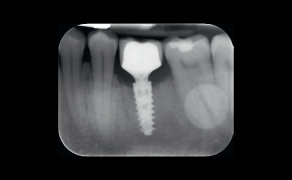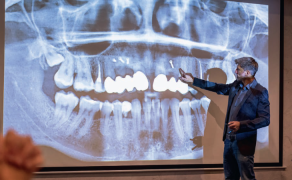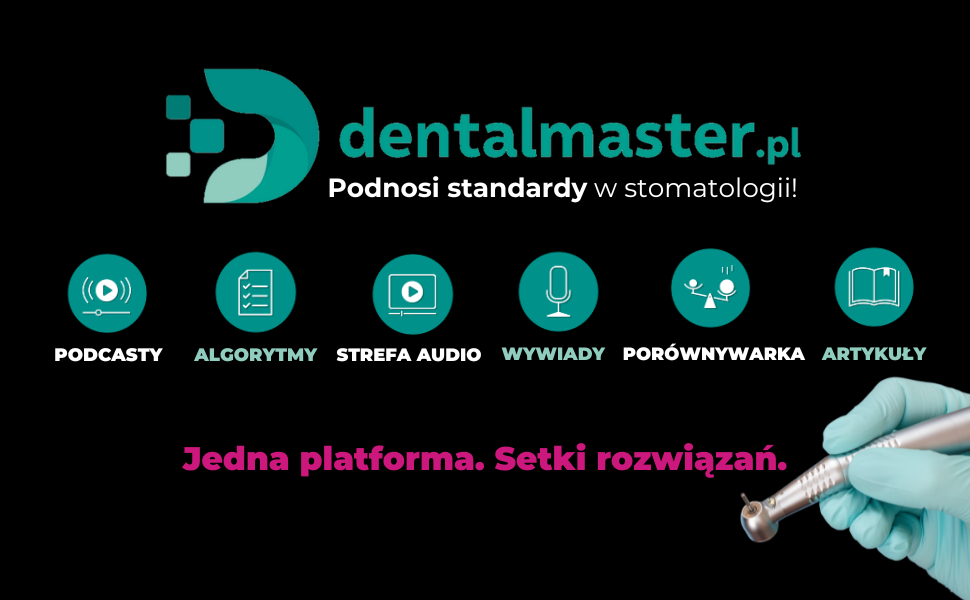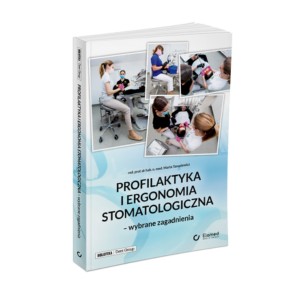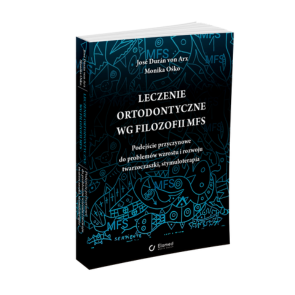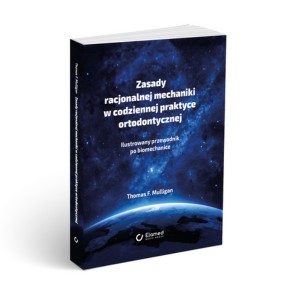Czynniki wpływające na niepowodzenie leczenia endodontycznego w praktykach stomatologów ogólnych w Japonii
Furthermore, CBCT can be used to identify fin isthmus, accessory canals, and fenestration in three-dimensions. In the present study, fin isthmus, accessory canals, and fenestration were factors causing endodontic failure in 8, 2, and 2 of 76 patients who completed RCT, respectively. CBCT was used in 3 of 8 cases in whom the factor causing endodontic failure was fin isthmus, 1 of 2 cases in whom the factor causing endodontic failure was accessory canals, and in 2 of 2 cases in whom the factor causing endodontic failure was fenestration. In these cases using CBCT, identification using a three-dimensional image may have enabled access to infected fin isthmus and accessory canals to clean them. In patients who completed RCT but who had fenestration, the causes of tenderness of root apices became clear, and resulted in patients being agreeable to have a root-canal filling.
The DOP is also an important tool for endodontic treatments. It was introduced into endodontic treatments in the early-1990s. By providing enhanced lighting and visibility, DOPs aid: location of stenosed or hidden root canals obstructed by calcifications and reduced in size; repair of biologic and iatrogenic perforations; location of cracks and fractures; and removal of canal obstructions and separated instruments. Several studies have reported that DOPs improve significantly the ability to locate and negotiate canals [20-22]. For example, Baldassari-Cruz and colleagues showed that the number of second mesiobuccal (MB2) canals identified in maxillary molars increased from 51% with the [...]

którzy są subskrybentami naszego portalu.
i ciesz się dostępem do bazy merytorycznej wiedzy!




